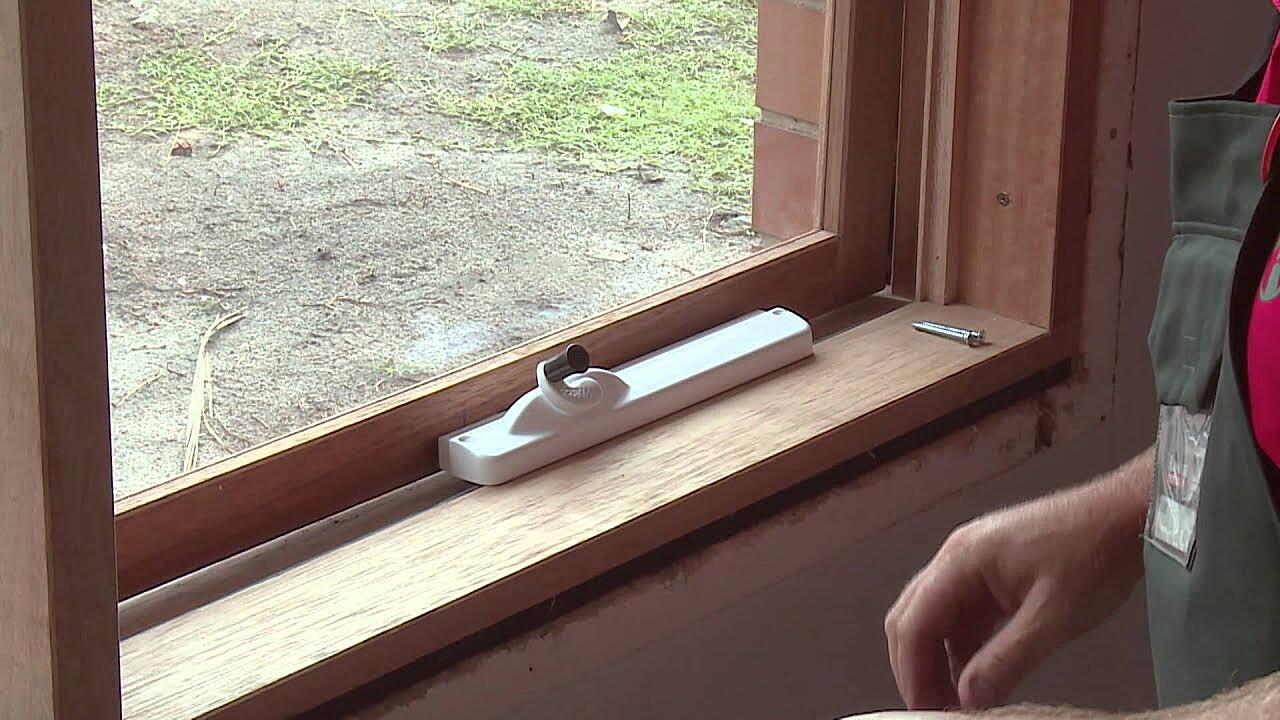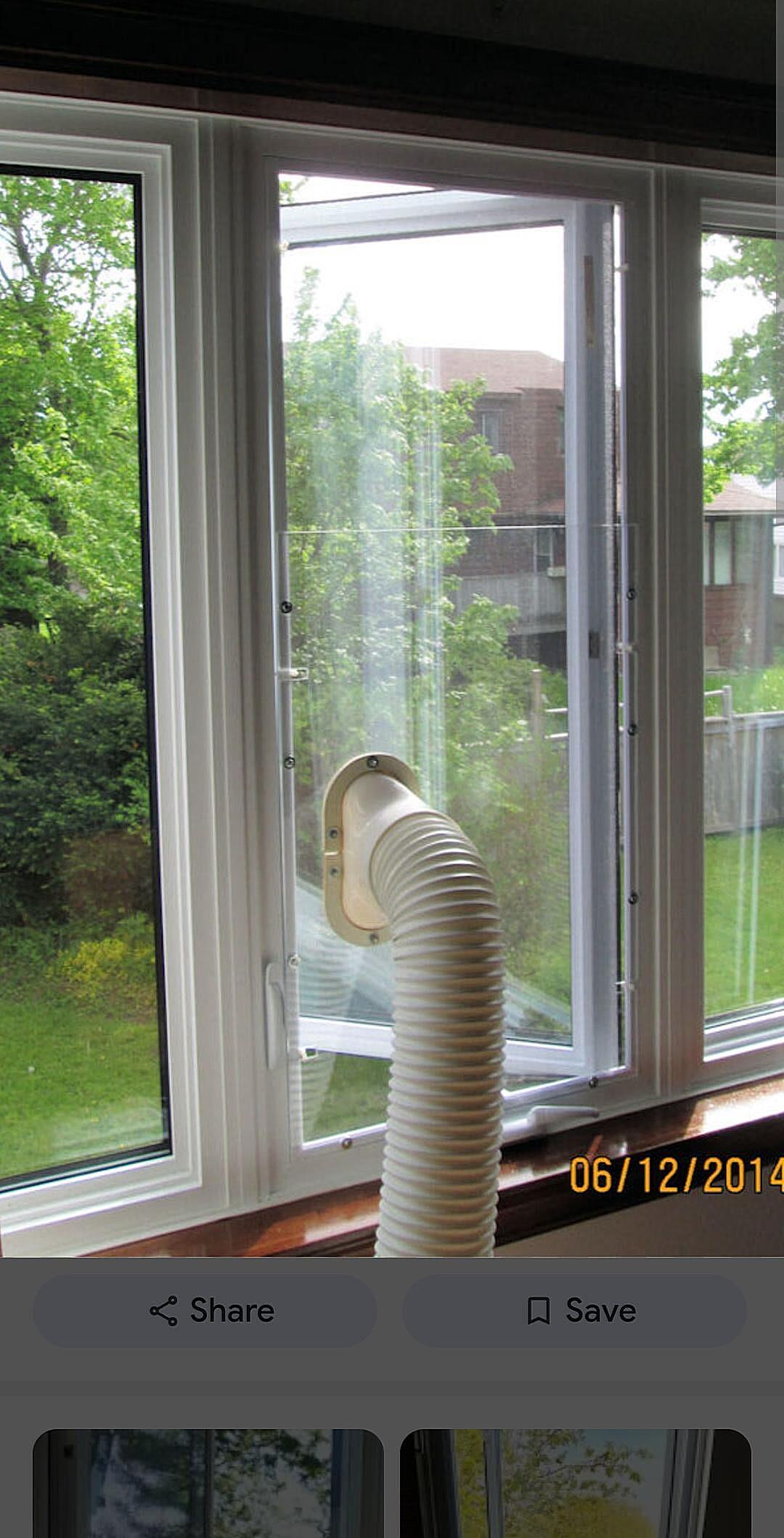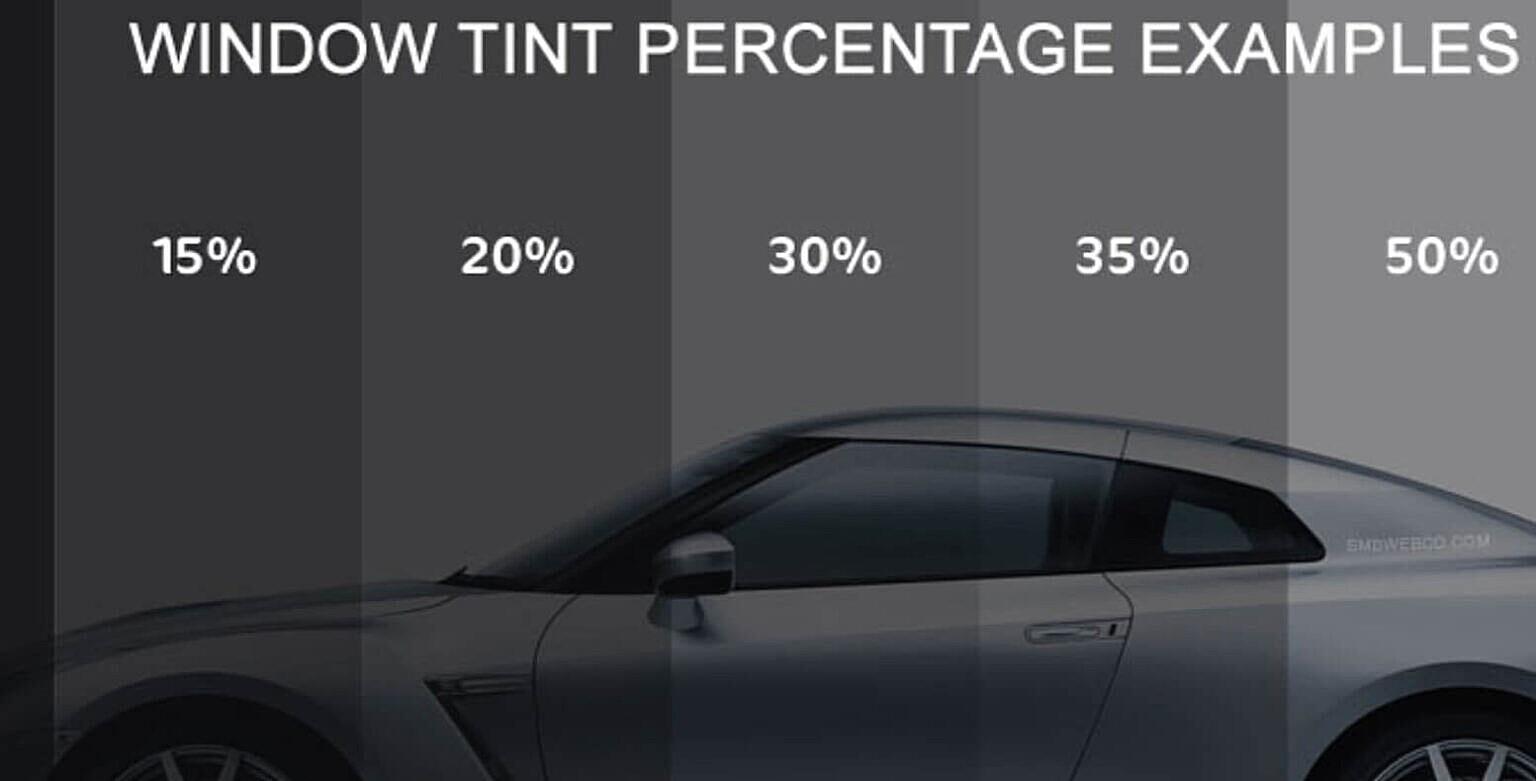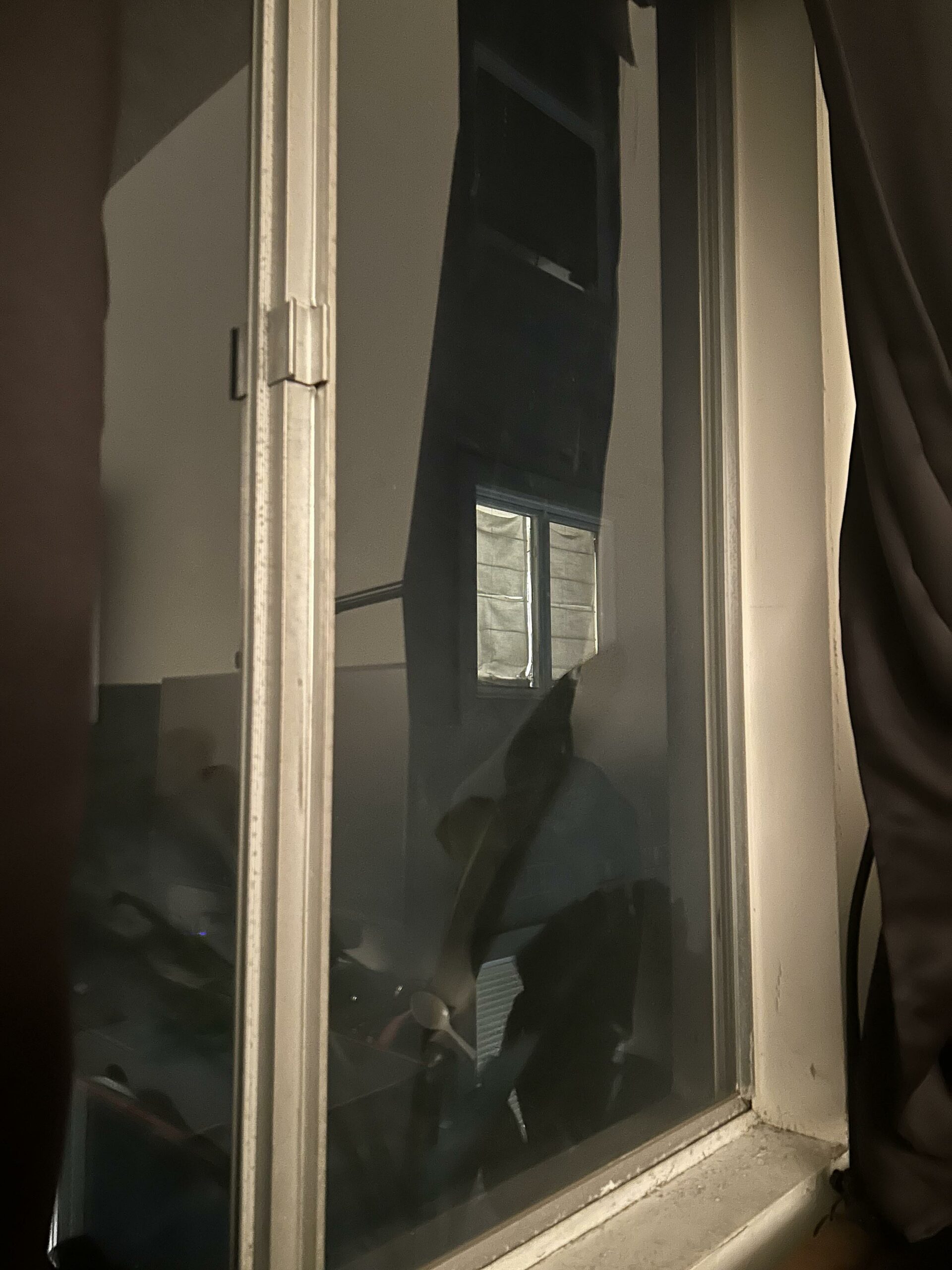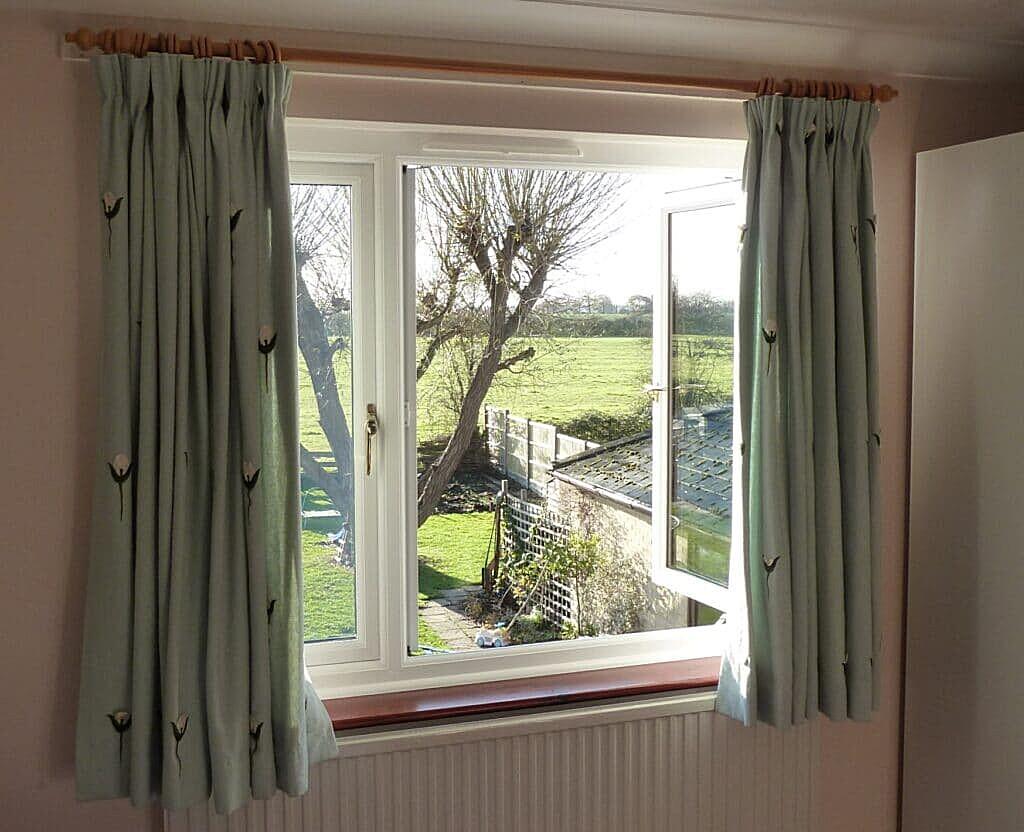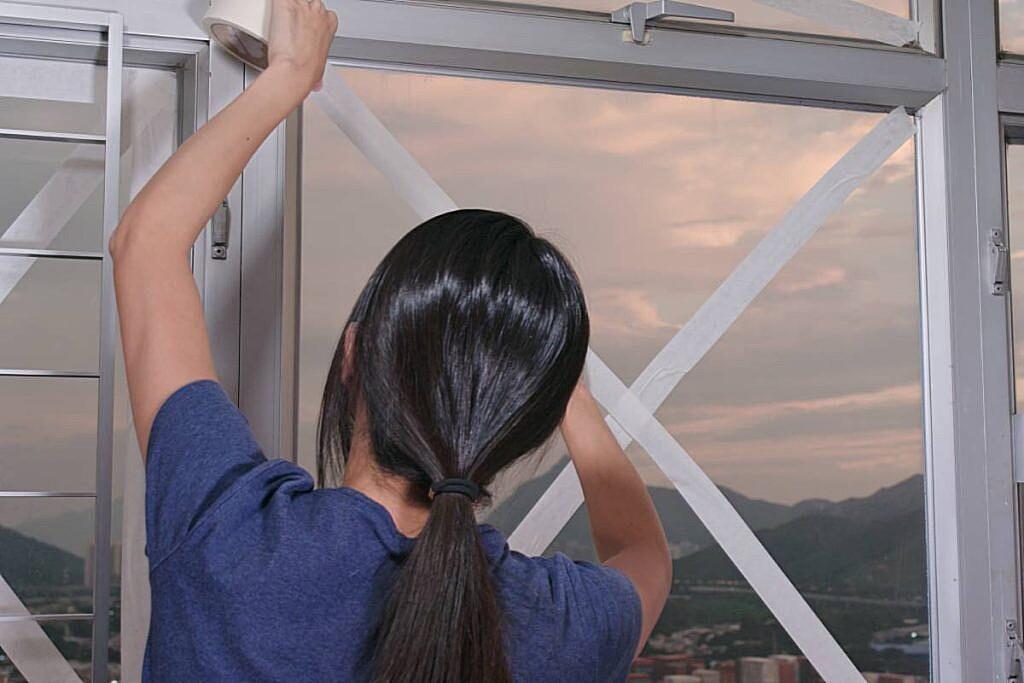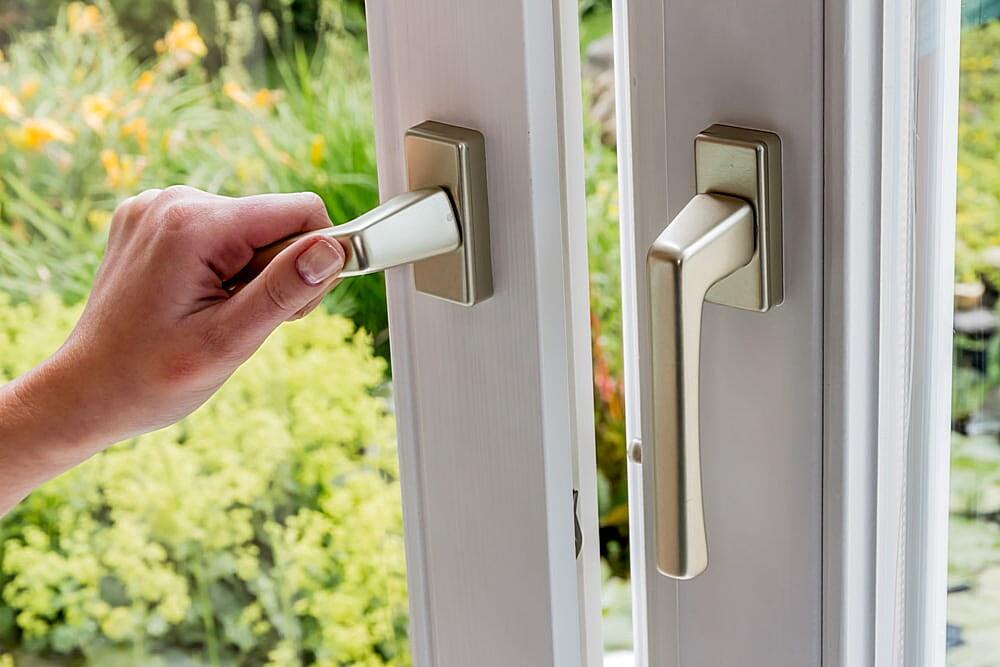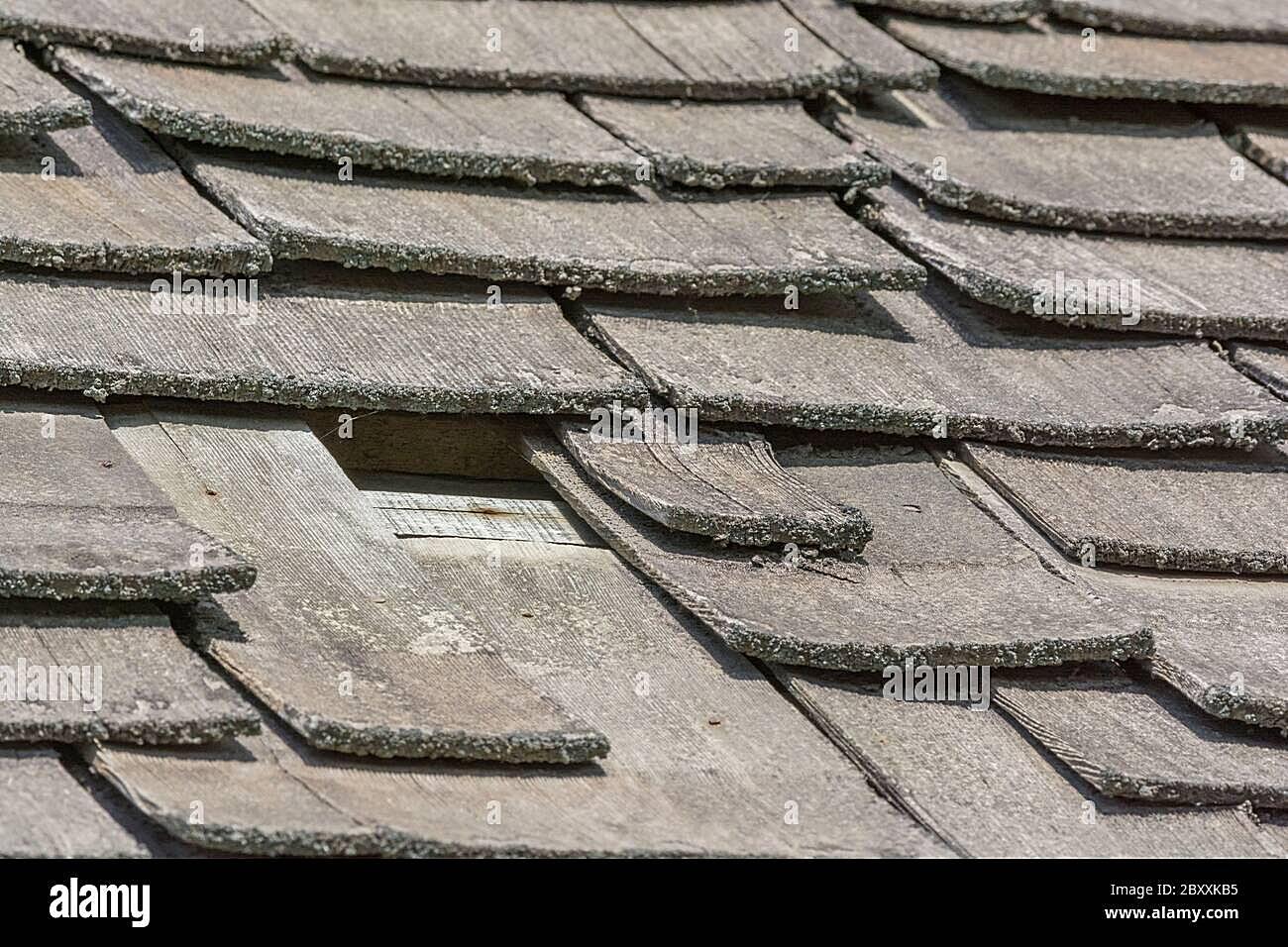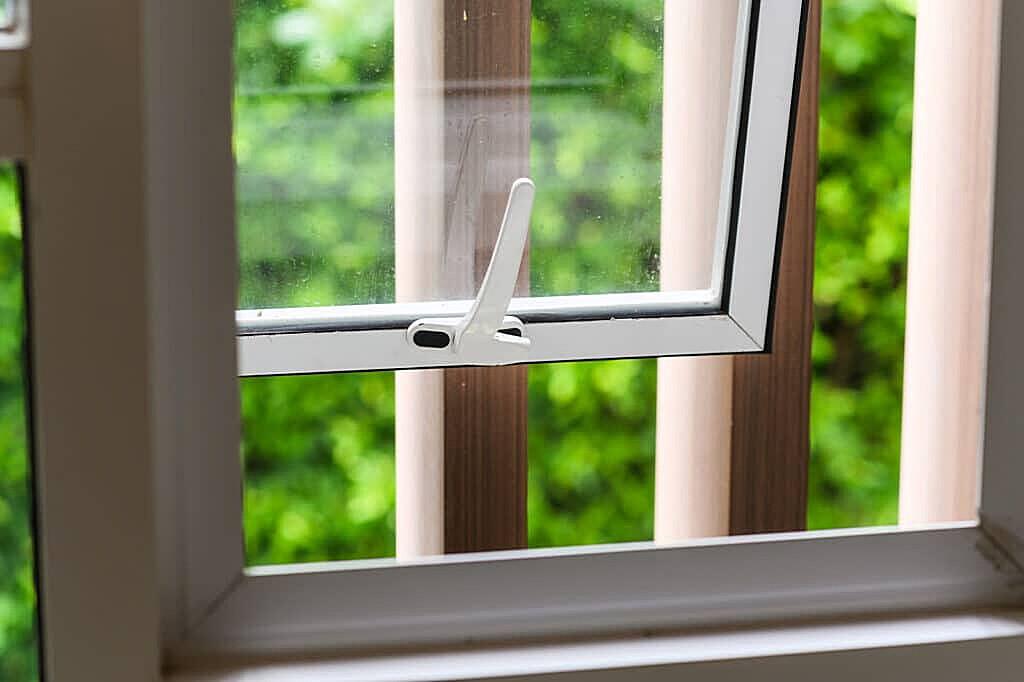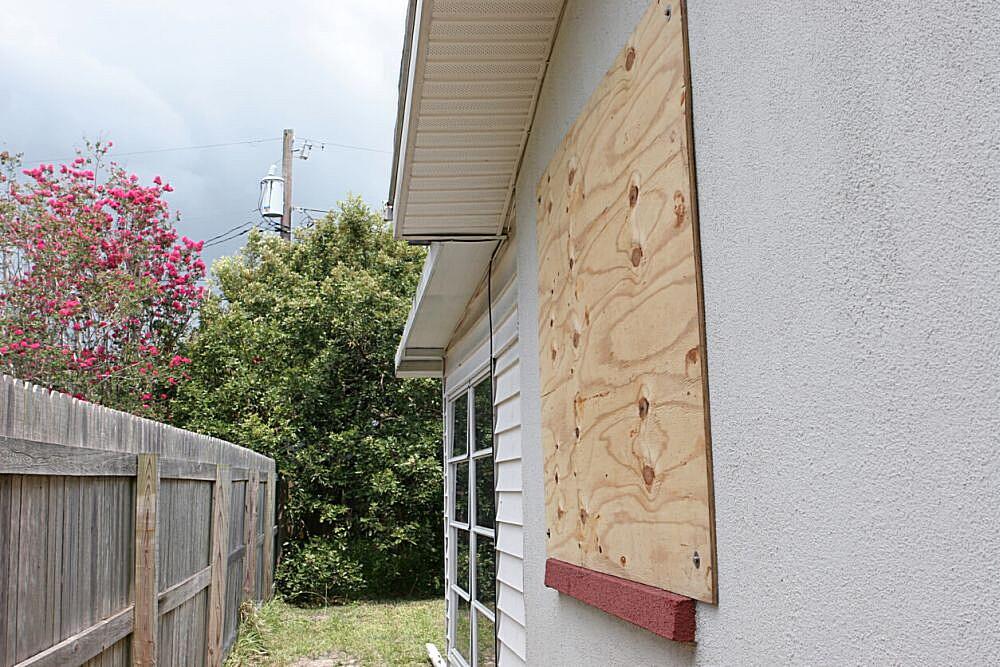Factors That Influence Window Vibration
2. What’s Causing All That Racket? Exploring the Culprits
Okay, so we’ve established that some movement is acceptable. But what exactly makes one window vibrate more than another? Several factors come into play. Let’s break down the usual suspects behind your shaky window situation.
First up: window type. Single-pane windows, being thinner and less structurally sound than double-pane or triple-pane windows, are inherently more prone to vibrating. They’re simply less resistant to external forces. Think of them like a thin sheet of paper versus a sturdy piece of cardboard. Which one would flap more easily in the wind?
Next, consider the age and condition of your window frames. Over time, window frames can warp, rot, or otherwise deteriorate. This creates gaps and weakens the seal between the window and the wall. A loose window in a compromised frame is practically begging to shake! It’s like a loose tooth — wobbly and uncomfortable.
Installation also plays a crucial role. A poorly installed window, even a brand new, high-quality one, can be more susceptible to vibration. If the window wasn’t properly sealed and secured in the frame, it’s going to have more room to move around when the wind blows. This is why it’s always worth investing in professional window installation, even if it seems a bit pricey.
Finally, let’s not forget the obvious: wind speed and direction. A gentle breeze is unlikely to cause much of a stir, but a powerful gust of wind, especially one hitting your windows directly, can definitely get them shaking. The architectural design of your home and surrounding buildings can also influence how wind affects your windows. For example, buildings can create wind tunnels that amplify the force of the wind in certain areas.
